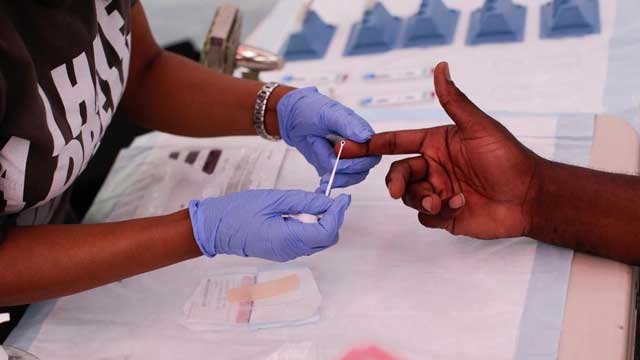
Kampala, Uganda | THE INDEPENDENT | A report by the Uganda Aids Commission shows that Kalangala district and Mbarara city have registered an increase in the HIV/AIDS prevalence in the country.
The report conducted between 2010 and 2020 with support from UNAIDS shows that the two districts have recorded a higher percentage than the National prevalence that stands at 6.2%.
Michael Matsiko, the zonal coordinator, Uganda Aids commission says the research showed that Kalangala district came first with an 18.2% prevalence while Mbarara city was second with a 7.9% HIV and AIDS prevalence rate.
Matsiko says that the females have a higher HIV/Aids prevalence with 6.8% compared to males with 3.9%.
He attributes the high prevalence in women to several factors including unemployment and lack of determination and choice for protection during sex.
Matsiko identifies areas of Kijungu, Ruti, Nyeihanga, Rubindi, as places of more concentration of the virus than other areas around Mbarara.
Rev. Fr. Deusidedit Twesigyeomwe, the Pastoral coordinator of Mbarara Archdiocese says as Mbarara city is turning into a cosmopolitan area, it has attracted people from different areas who might be effected.
Charles Sserwanja, the coordinator of HIV/Aids work at Inter-Religious Council of Uganda says the adolescents and married women are taking the center stage in the spread of the virus while men continue dying because they refuse to adhere to treatment.
Sserwanga says the spike might have occurred even before the Uganda-Rwanda border was closed, noting that Ugandans used to import women from Rwanda to come and have social moments then cross back.
However, the same research report that was conducted between 2010 and 2020 shows that Uganda has registered a tremendous improvement in the fight against the HIV/Aids epidemic leading to a reduction in the number of new HIV infections.
In 2020, Uganda had a record low of 38,000 infections compared to the 94,000 in 2010.
*****
URN
 The Independent Uganda: You get the Truth we Pay the Price
The Independent Uganda: You get the Truth we Pay the Price





